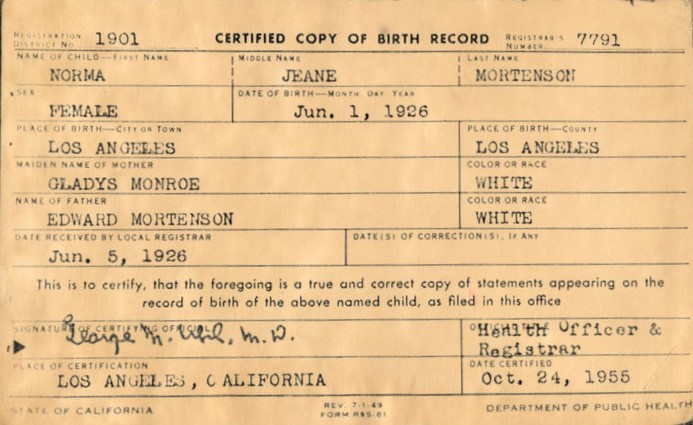
You are researching your own family history – right!
So why spend time reading up or researching genealogy for other families not connected to yours?
There are several advantages of joining a One Name Study Group if one exists for the surname you are researching. The most obvious of course is the combined research power of many individuals. Even where other people are searching different lines from your family history the records they uncover and document can be very useful as a negative search. Where the work is correctly cited it can speed up the time it takes for you to identify and locate the multitude of potential sources, help you identify new sources, and quickly find the records you are looking for.Many Historical Societies also hold copies of printed family histories. In exactly the same way that a one-name study or a public family tree on any one of the popular family history web sites, these too can provide and exclude connections and detail sources. Sometimes they will identify potential sources for further research that may be relevant to your family and can provide a wealth of very useful background information about places and people your ancestors may have interacted with.Printed histories can vary greatly in size, scope of research, documentation and source work; some will concentrate on a single line, others will include collateral information. Sometimes extracts from family letters, diaries and other information will be included within the research notes that can help you determine the relevancy of records and whether they pertain to individuals within your own family connection.
Conversely they can also help exclude the very same connections and documentation as not being pertinent to your family.
As we take our research backward through the generations, the family collateral lines can expand exponentially. Explore beyond the basics of 2 parents, 4 grandparents, 8 great grandparents etc and add siblings, their spouses, and the descendants of each generation of your family and within a very short space of just a few generations you are potentially looking at thousands of individuals, connections, facts, and records. As you begin to explore what research other people are undertaking you may find that there are family lines with which you connect either directly or collaterally.Family stories, papers, photographs, and ephemera often get split among the next generation each time the previous generation passes, so it is not unusual for some information to “get lost” by one branch of a family while being retained by another.Before the advent of the internet and social media it was often common for a photograph to “do the rounds”. Sometimes the same photograph would be sent to many friends and family, occasionally to then be forward on again. As photography and cameras started to become available outside of a photographer’s shop, hobbyist photographers started becoming present more often at social events and extended family get-togethers. The result of which was a multitude of “social occasion photographs,” often containing groups of neighbours, cousins, in-laws, and friends.
Seeking out Great Uncle Fred’s wife’s cousin who also appears in someone’s tree who is primarily researching that cousin’s husband’s nephew, may seem on the surface to be a rather round about method of achieving anything positive regarding your own research.
However combining the pieces of collateral research you have with the collateral research of one or two others can reveal additional pertinent information or a tentative lead that in turn leads to the break-through of your current brick wall.Many of our ancestors were in the habit of snipping obituaries, wedding announcements and news items, even advertisements from the local paper and either holding on to them or sending them to other family members and friends tucked in a letter as an item of interest,As more researchers include wider family connections, DNA results, digitized documentary evidence and photographs within their printed or on-line family histories, information that has previously been held in private ownership, or been available only to those with the time to visit physical archives, becomes available to many more researchers.Do remember, however, to seek permission of the copyright holder before you lift chunks of someone’s family tree or copies of documents and family photographs. This is more than just a case of good manners; copyright infringement is illegal and can lead to prosecution.




